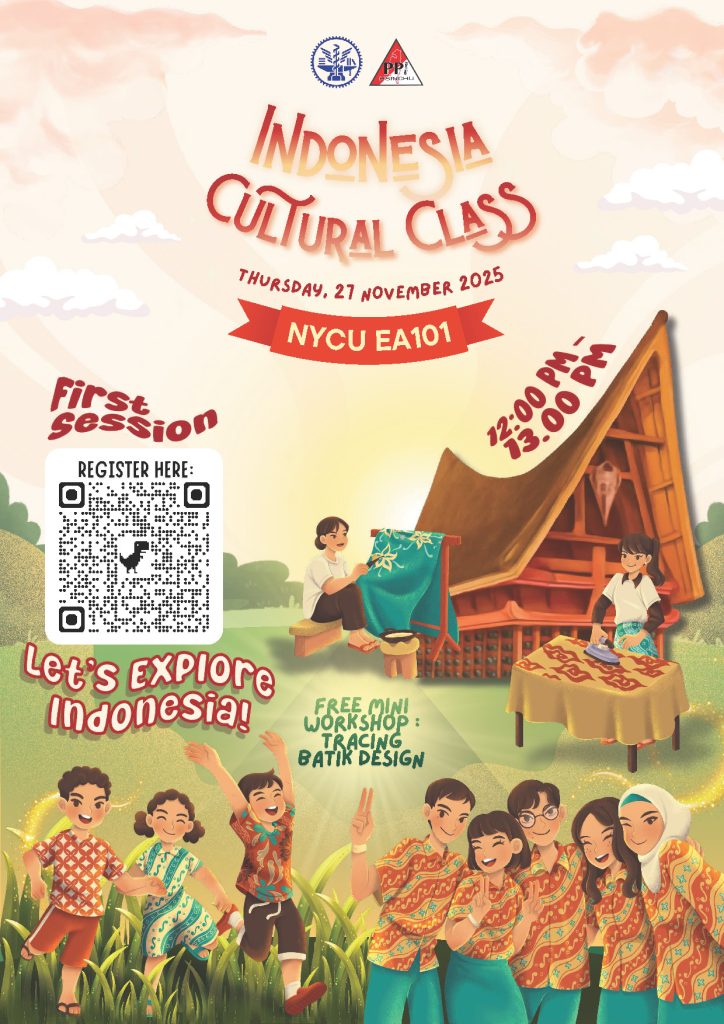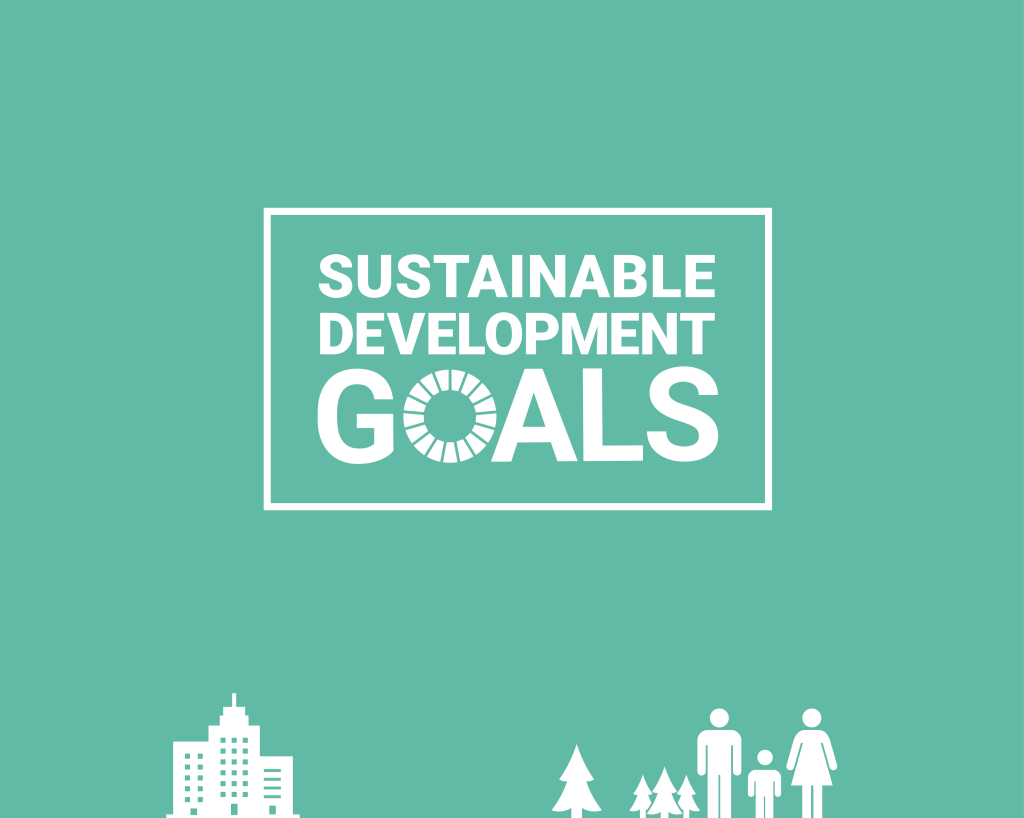Imagine flipping a molecular switch using nothing but light. A groundbreaking study led by Professor Jiun-Tai Chen from the Department of Applied Chemistry at National Yang Ming Chiao Tung University (NYCU), in collaboration with Professor Patrick Théato from the Karlsruhe Institute of Technology (KIT) in Germany, has unveiled a novel class of “light-responsive nanopores.”
Titled “Illuminating Biomimetic Nanochannels: Unveiling Macroscopic Anticounterfeiting and Photoswitchable Ion Conductivity via Polymer Tailoring”, the research was published in the prestigious journal ACS Nano and opens exciting possibilities for future smart materials and anti-counterfeiting applications.
Nature-Inspired Innovation: Lessons from Algae
The inspiration came from an unlikely source: algae. In aquatic environments, algae navigate toward light to optimize photosynthesis, guided by light-sensitive ion channels known as channelrhodopsins (ChRs) embedded in their cell membranes. These channels enable algae to regulate ion flow based on light cues, maintaining physiological balance in changing environments.
Mimicking this natural mechanism, the research team engineered nanoporous structures from anodic aluminum oxide (AAO), then coated the pores with a light-responsive polymer made of spiropyran—a molecule that changes structure when exposed to light. The result: a synthetic nanopore system that can open or close in response to UV light, effectively functioning as a controllable ion gate.
In the near future, a single beam of light may be all it takes to unlock the full potential of smart materials—one photon at a time.
Source : NYCU News





